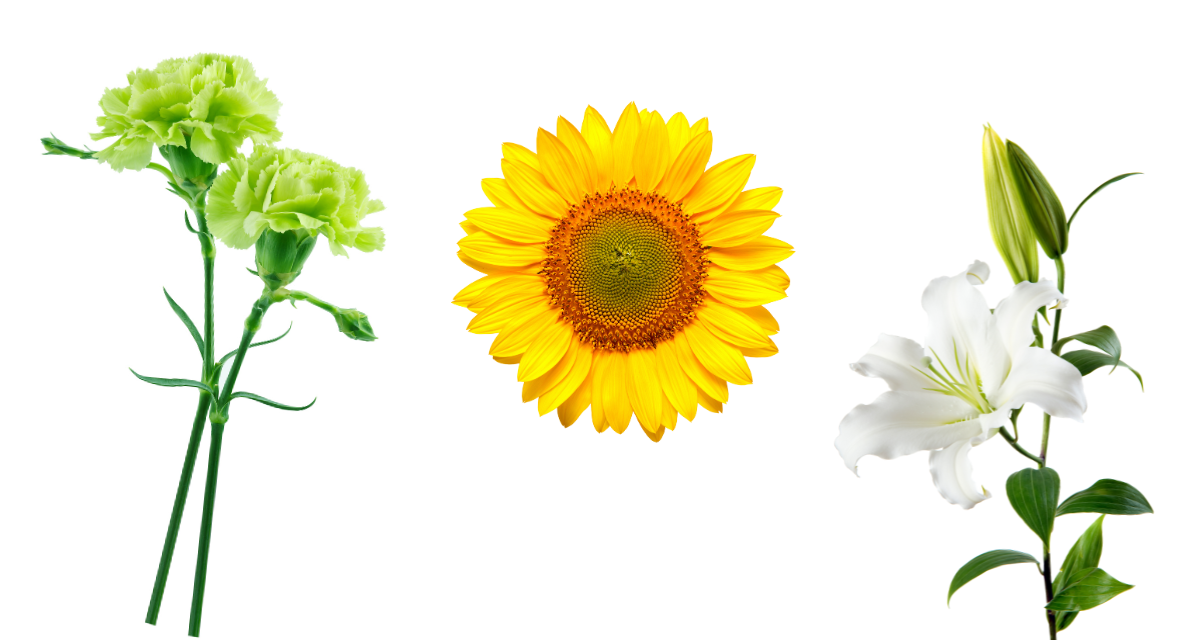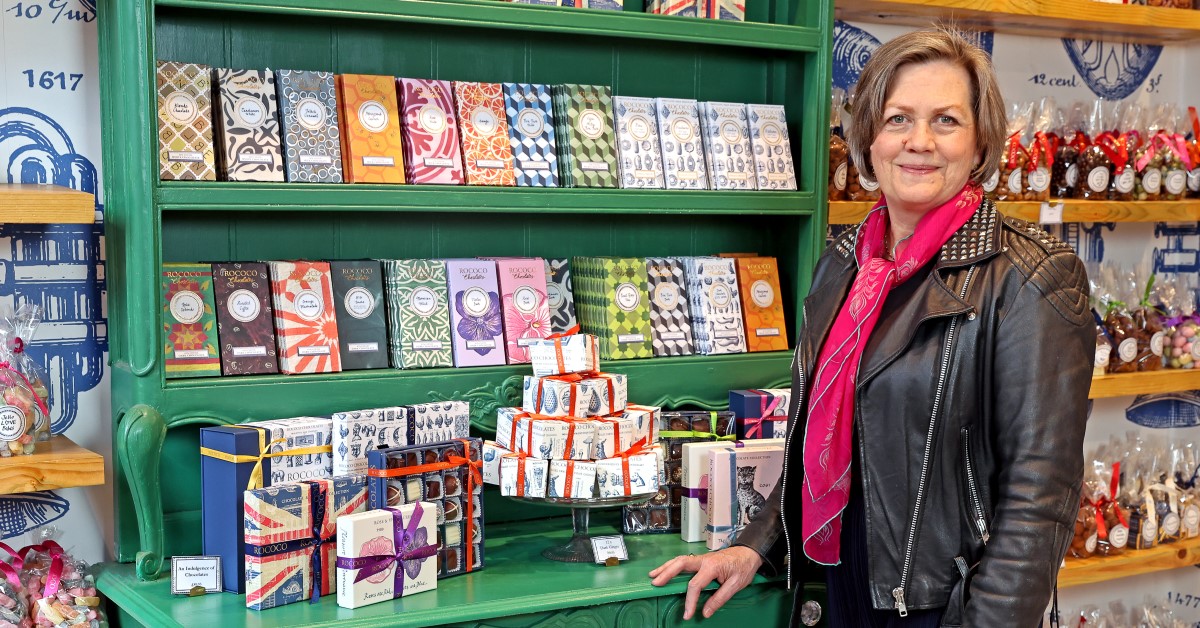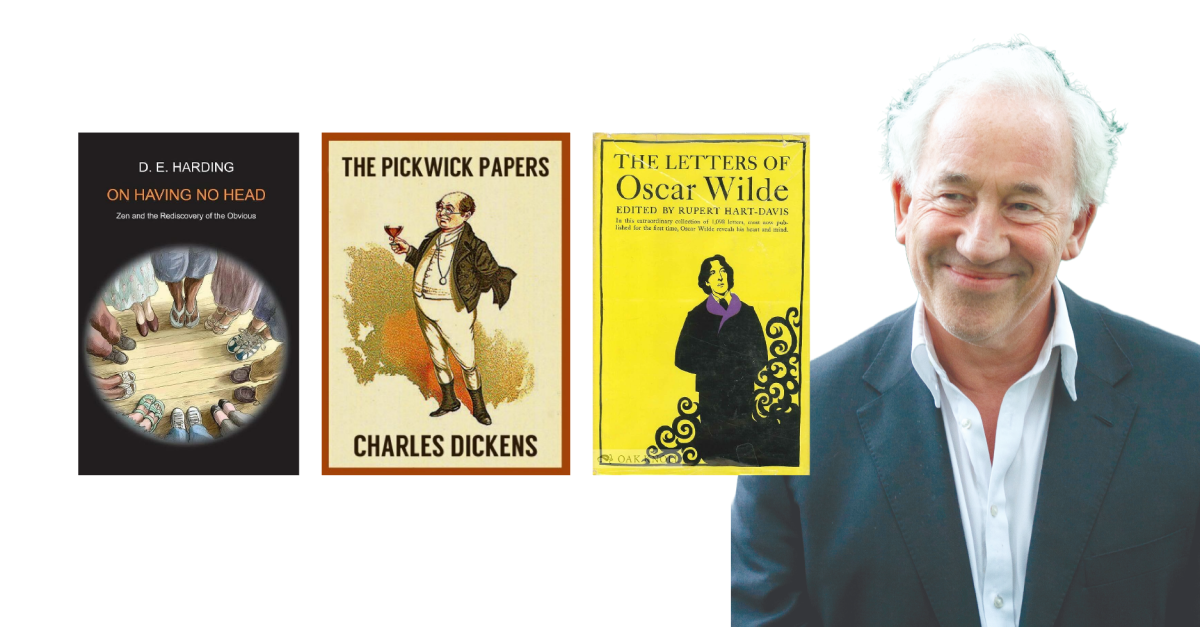Back in the 1880s, before the Flower Show first got going in 1913, Chelsea had a floral champion of a different sort. Oscar Wilde, the Titan of Tite Street, was a leading figure in the Aesthetic Movement and flowers were very much a part of his, and its, world.
Words: Adrian Day
The Aesthetic Movement was a late 19th-century artistic and literary movement that emphasised “art for art's sake” and the pursuit of sensual experience. Key figures in the movement were Chelsea neighbours James Whistler and Algernon Swinburne along with Oscar Wilde.
Although he loved flowers all his life, lavishing huge amounts of money on them (even when he had no money of his own).
Much has been written about the significance of flowers as symbols of beauty or sometimes decay in his works and it is very much the case that in Victorian Britain certain flowers were associated with specific meanings and feelings.
In particular, sunflowers and lilies were symbols of the Aesthetic movement largely because of their beautiful appearance. and characteristics. Indeed Wilde himself described the allure of the flowers as “The gaudy leonine beauty of the one and the precious loveliness of the other giving to the artist the most entire and perfect joy.”
The Lily was the most common symbol of Aestheticism and it became the caricatured symbol of the new movement with Wilde often depicted (as the embodiment of the movement) holding a striking bloom.
As the movement began to be satirised by ultra conservative Victorian Britain and the lily was used as shorthand to show that the Aesthetes were being mocked – for instance in Gilbert and Sullivan’s, Patience, which poked fun at the movement for the enjoyment of the masses.
Of course the lily, particularly the white lily, had a much deeper history in that it was revered as the flower of the Virgin Mary and represented purity and was used in art and literature as symbols of spirituality, innocence and beauty.
The other bloom that was bound up with Wilde was the sunflower.
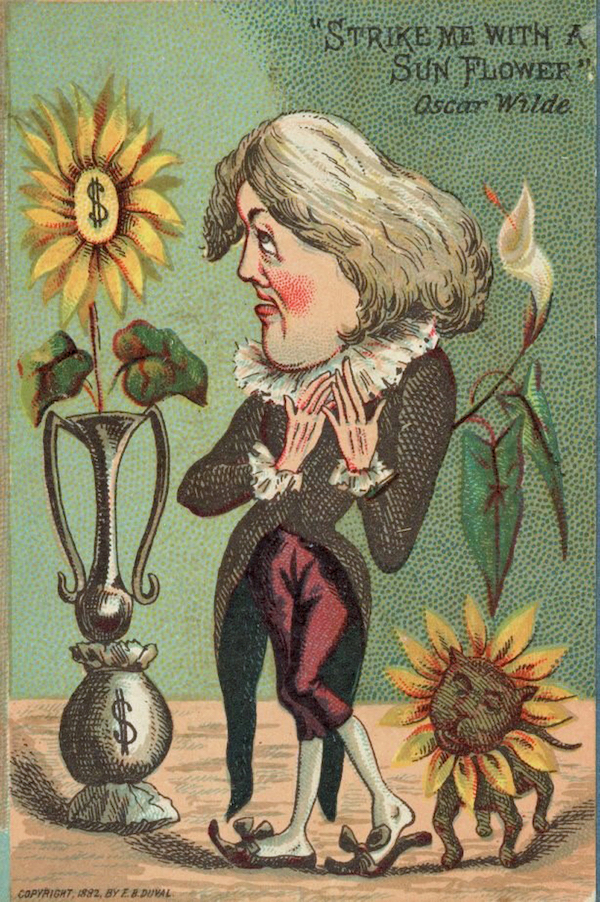
They were admired for their bold shape, colour, bold shapes and their desire to face the sun – all qualities that echoed the Aesthetic movement’s pursuit of pleasure, sensuality and beauty for its own sake.
Wilde and the sunflower were relentlessly depicted together in cartoons, underlining the public’s connection with the two.Composers even cashed in on Wilde’s growing fame as they came up with compositions such as Dream of the Lily Waltz and The Sunflower Polka.
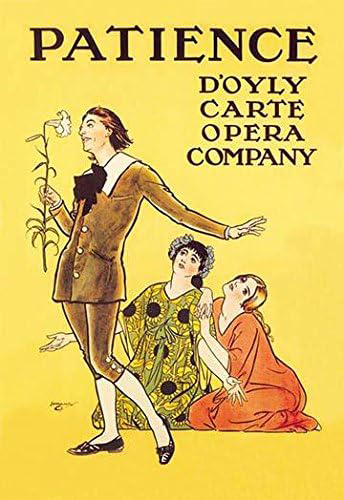
Wilde popularised the Parisian trend of wearing a green carnation as an indicator of gay identity in London. On the eve of the premiere of Lady Windermere’s Fan in 1892, Wilde asked his friends to wear them.
In his book Oscar A Life, Matthew Sturgis reports that Wilde explained: “It will annoy the public… People will stare at it and wonder.” Then they will look round the house and see every here and there more and more little specks of mystic green. “This must be some secret symbol,” they will say.

